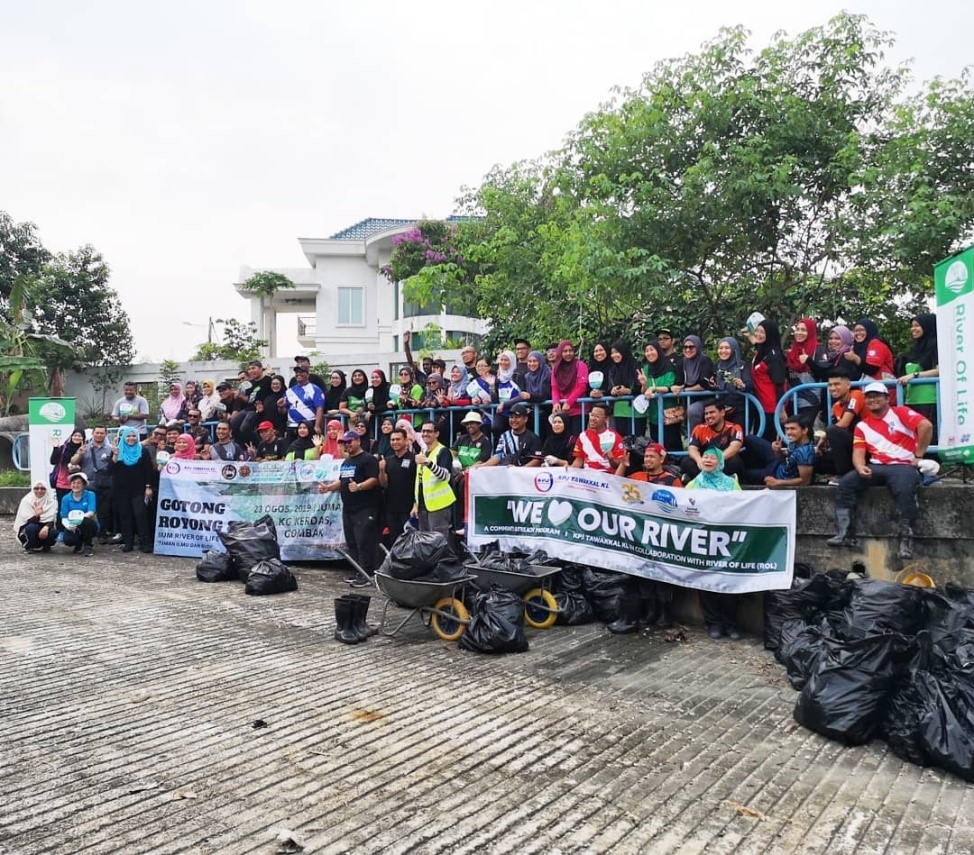The thirteen impact stories presented on Cap-Net’s latest Monitoring, Evaluation and Learning Plan (MELP) summary report belong to the Cap-Net networks’ capacity building programs. The impacts happened at four different boundary levels, were related to six main topics and involved several different stakeholders.
Cap-Net’s impact stories are short narratives aimed to introduce and expand on a positive outcome or change that has happened on the ground as a result of one of the network’s training programs. They provide live testimonies from the participants on the impacts of the networks’ capacity building activities. The information needed to create an impact story can be collected from outcome surveys and network own recognition of positive outcomes on the ground. The networks can freely choose the topic and boundary levelof the story. What is important is that the topic of the story reflects on one of the following types of impact: 1) new/further knowledge and learning gained, 2) changes in practices/program’s implementation, and 3) changes in policies/plans/strategies.
Cap-Net impact stories (2018) belong to the following 12 regional and national networks: Cap-Net Bangladesh, Cap-Net Lanka, CAR@WAN, CB-HYDRONET, CKNet, LA-WETnet, MyCDNet, PhilCapNet, REDICA, REMERH, SCaN and WA-Net. And they come from 3 regions and 12 countries:
- Africa: Democratic Republic of Congo (DRC) and Nigeria
- Asia: Bangladesh, India, Kazakhstan, Malaysia, Philippines and Sri Lanka
- Latin America: Bolivia, Chile, Dominican Republic and Mexico
Furthermore, the impacts from the networks’ capacity development training happened at four different boundary levels: community, river basin, national and regional. They were related to six main topics (in order of relevance): integrated water resources management (IWRM), water supply, water quality, disaster risk management, river basin management and water, sanitation and hygiene (WASH). And they involved several different stakeholders, from local communities to Water Ministries (and related ones), local government authorities, national water utilities, river basin authorities, academia, NGOs and the private sector.
What can we learn from the impacts?
There are three main types of impacts identified within the Cap-Net networks’ capacity development stories: .

To start with, REMERH network’s story on the design of a new methodology aimed to run an IWRM planning process and the development of IWRM-related case studies and journal papers by researchers and graduates illustrates how developing a master and doctoral curricula exclusively on IWRM has increased the interest as well as the exchange of knowledge regarding IWRM subjects in Mexico and Latin America. Moreover, the story also shows how the leading role of academia in IWRM has strengthened the Mexican government involvement in the sector by organizing a multi-stakeholder forum for the development of new national water law.
In light of REMERH’s story, PhilCapNet’s impact story illustrates how the network’s efforts to advocate at the national level for the planting of bamboo in the Philippines, by the facilitation of workshops and field trips, have complemented the government involvement in the subject which resulted in increasing the national bamboo plantation from 20% to 40-45% as well as launching the Green Mindanao Project to encourage tribal communities in hard-to-reach areas to plant bamboo to solve water supply, flooding and landslide problems. about
A number of impact stories stress the importance of generating community/group awareness while strengthening community/group involvement and ownership of the programs and the newly acquired behaviors for the acceptance and long-term sustainability of the new practices. For example, MyCDNet’s story speaks about how a group of neighbors raised communal awareness about river pollution in Selangor state, MalaysiaAnd SCaN’s story presents an increased participation of women in WASH programs in rural India,not only for building WASH facilities but for raising community awareness as well as for operation and maintenance..

Moreover, the story of Car@WAN about the case of KazTransOil (the largest oil pipeline company in Kazakhstan) taking a more responsible approach towards raising awareness about the negative effects of mercury by replacing all mercury-containing light bulbs from its business, stresses the importance of having not only community members but also leaders and entire institutions fully involved and committed to incorporating (or laying aside) certain common practices.
CB-Hydronet’s impact story about the development of a consultative stakeholder forum for catchment protection in DRC, and CKNet’s story on the inclusion of the integrated flood management concept in national guidelines, illustrate the importance of bringing key stakeholders together and allowing spaces for discussion and reflection, shared learning and joint-planning. The stories also draw attention to the importance of generating advocacy grounded in quality assessments and reality checks.

Source: Cap-Net Bangladesh
Delivering water knowledge for all while strengthening the impact
Cap-Net is performing as a catalyst of change by contributing to the transformation towards sustainable resource management. Networks and partners at different levels are at the core of this transformation.
The impact stories illustrate how Cap-Net networks’ capacity development activities from 2018 have positively impacted the water sector in three main directions:
- Fostering academia involvement in the IWRM sector to develop/strengthen learning and raise awareness on IWRM and IWRM-related subjects (especially from the government side)
- Generating community/group awareness while strengthening community/group involvement and ownership of new practices to develop/strengthen new habits and behaviors
- Bringing key stakeholders together allowing for new participatory spaces for discussion and reflection, shared learning and joint planning for the design/revision of policies, plans and strategies
To note, this post only presents the key findings from the impact stories; however, you can access the full version of each story by looking for the tab ‘Stories of change’ under ‘Our work’ tab on Cap-Net’s brand new website. Additionally, the MELP report 2019 provides further information about the training programs in which these impacts are rooted.
Post by Florencia Rieiro, LA-WETnet – Cap Net Affiliated Network.
